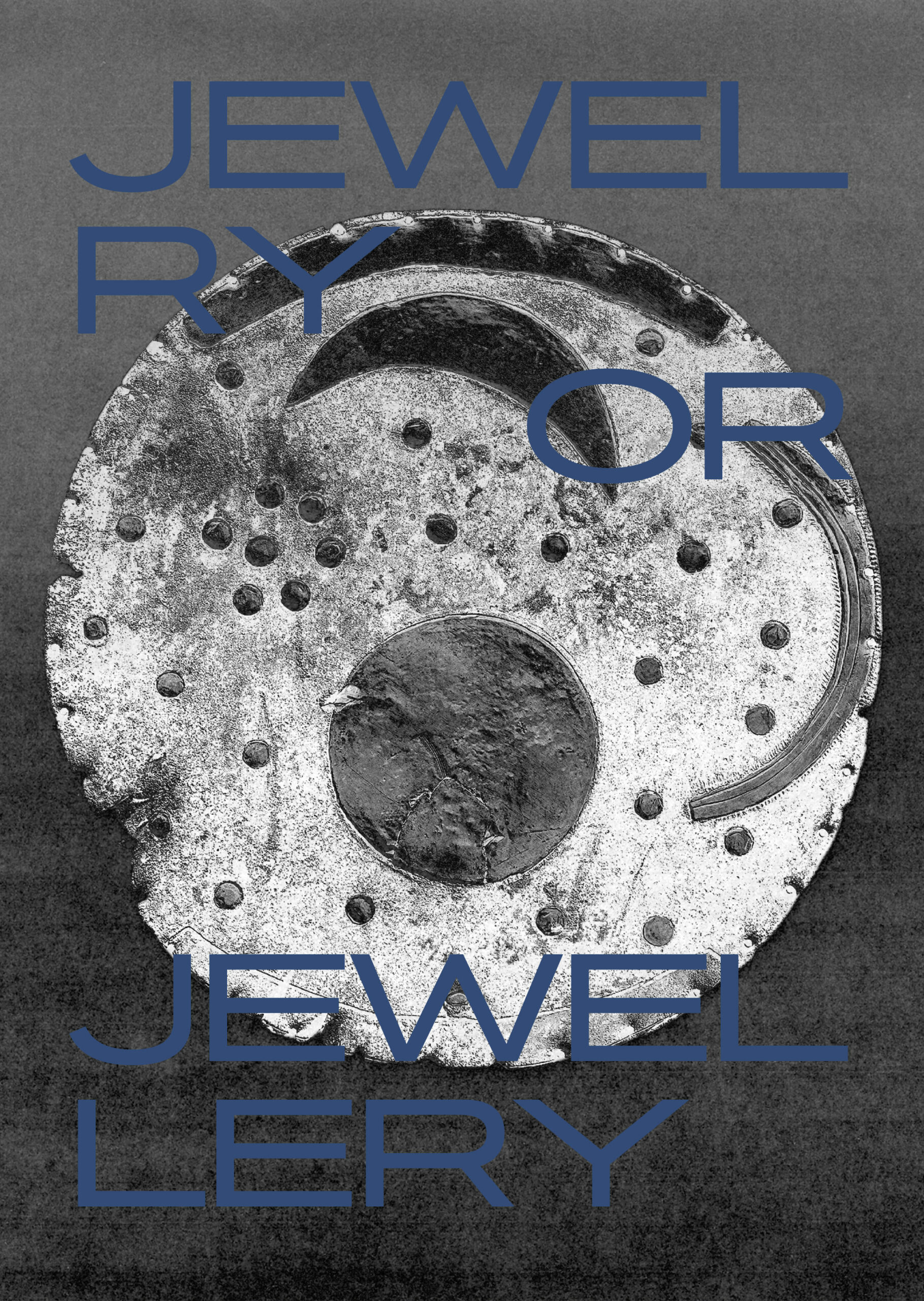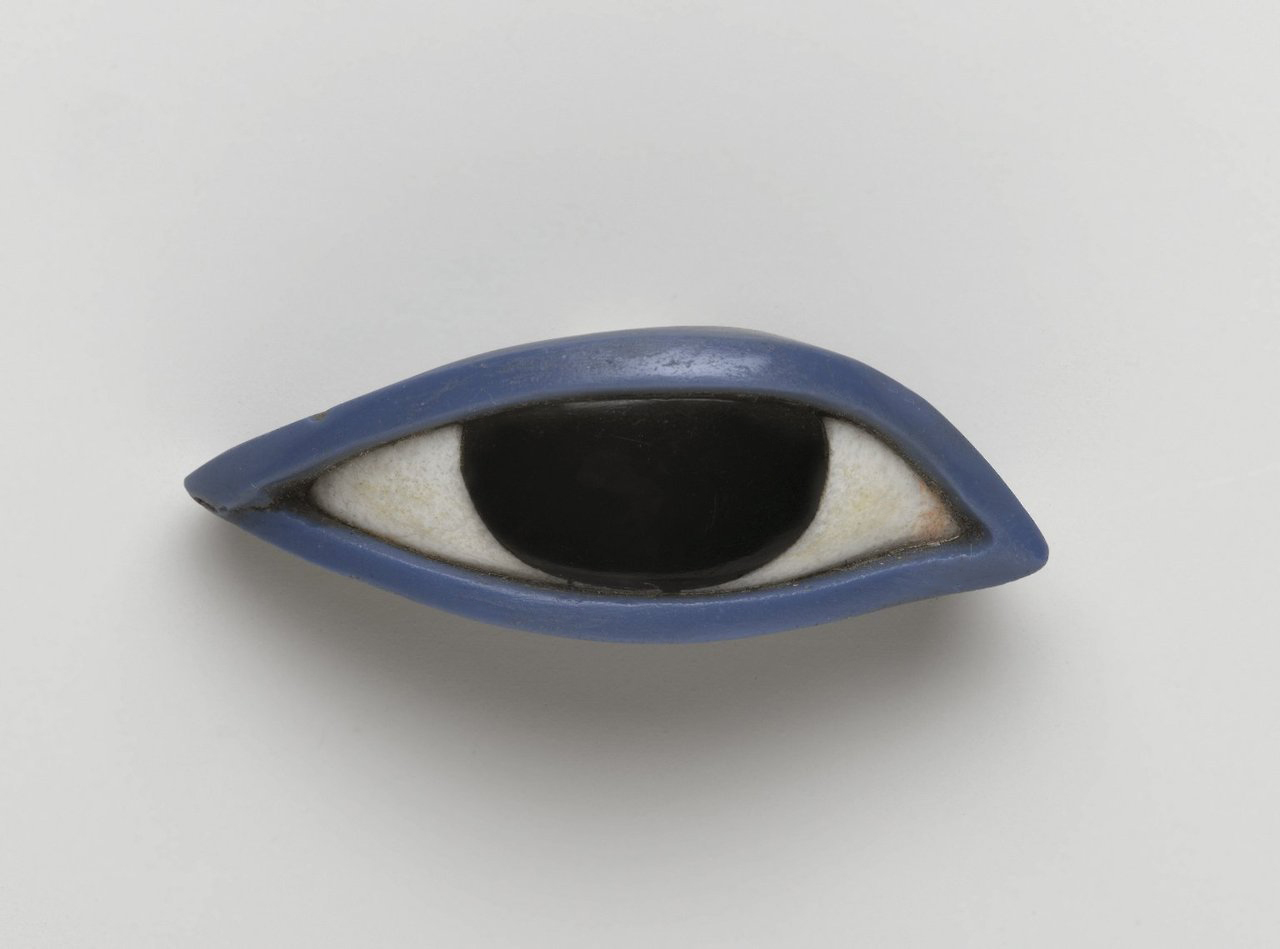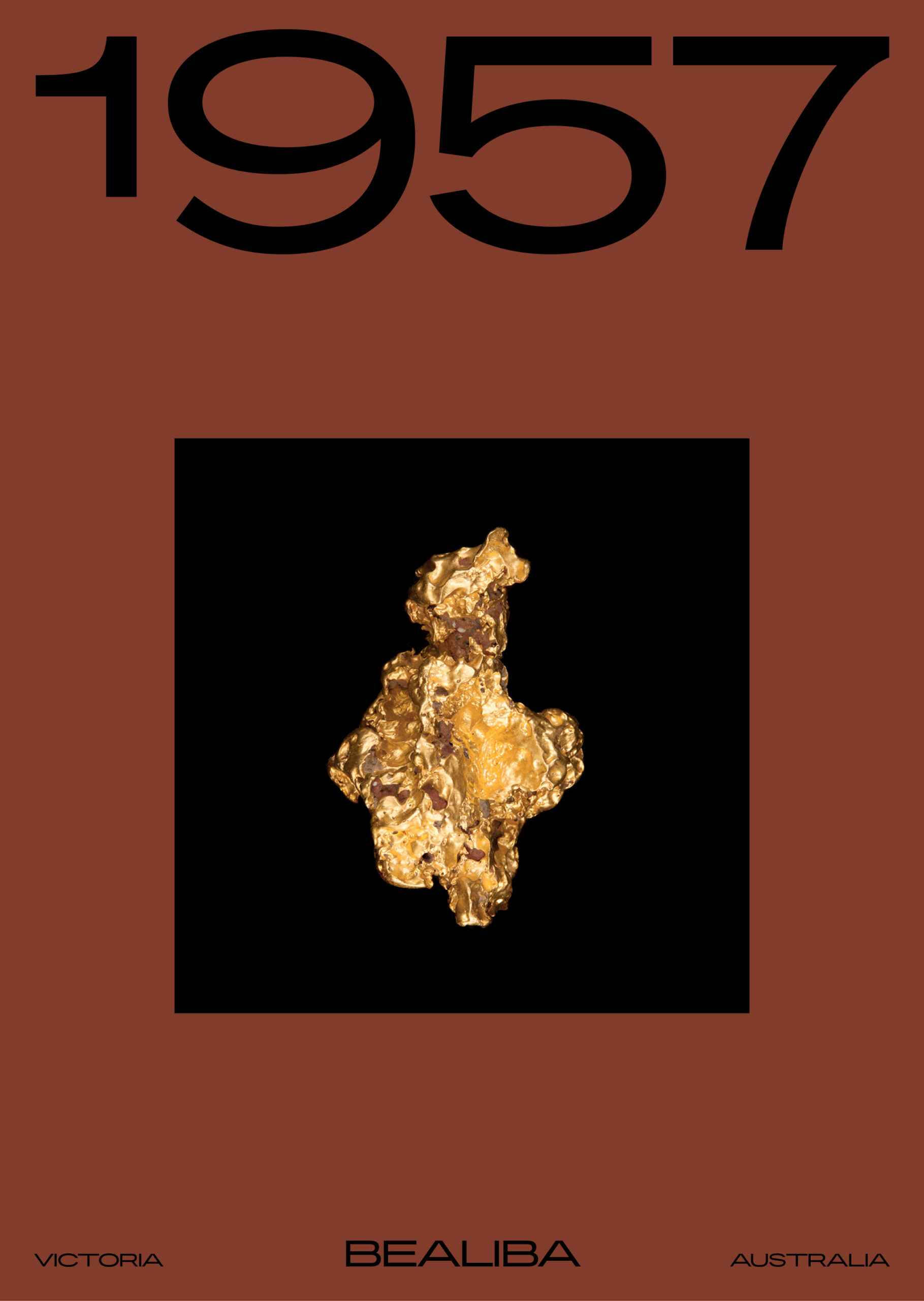The A to Z of Jewelry
MORE INFORMATION
Published on
25.05.2022
–
From alexandrite and cultured pearls to gold vermeil, high jewelry, turquoise and zircon, our glossary is a quick reference guide for what’s what in the jewelry industry. Did you know that alexandrite was first unearthed in Russia’s Ural mountains and can morph colors? Even more, what about its chatoyancy visual effect, reminiscent of a cat’s eye, which occurs when cut en cabochon?
Or how about the fact that sapphire hails from the corundum family and exhibits a phenomenon called asterism, or the star effect?
An exhaustive list, this A to Z of Jewelry is a mixed basket of facts and curiosities.
ALEXANDRITE
Alexandrite is a rare variety of the mineral chrysoberyl that can shift colors and is often described as emerald by day and ruby by night by gem aficionados. Alexandrite is green to bluish green in daylight and red to purplish red in incandescent light.
carat weight
A one carat diamond weighs 200 milligrams. Each carat is divided into 100 points, which enables gemologists to provide extremely precise weight measurements. Sometimes diamonds below one carat are referred to in points alone. For instance a 0.25 carat diamond may be referred to as a 25-pointer. The more the diamond weighs, the higher its price because it is rare to find large diamonds.
certified
A diamond certificate attests to the authenticity of a natural or lab-created diamond. The certificate is based on an internationally recognized system and ascertains the carat weight, clarity grade, color grade and cut grade. The report is produced by certified gemologists who use their experience and advanced technology to determine the characteristics of natural and manmade diamonds.
clarity grade
Diamonds are produced as a result of high temperatures and pressure deep in the Earth’s surface. This process can result in internal characteristics known as inclusions and external markings known as blemishes. In evaluating diamond clarity, the number, size, relief, nature, and position of these characteristics are observed and how they affect the overall appearance of the stone.
This is what enables trained gemologists to distinguish real diamonds from synthetics. The GIA Clarity Scale has 11 grades of diamond clarity beginning from flawless and extending to I3.
color grade
A diamond’s color grade is based on a D to Z color grading scale. D signifies a completely colorless diamond, which is very rare to find. The scale continues with increasing presence of color to the letter Z. The less color, the higher the grade. The distinctions between each of these grades is often indistinguishable to the untrained eye. However, these subtle differences do impact diamond quality and price.
cubic zirconia
Cubic zirconia (CZ) is a synthetic alternative to natural and lab-grown diamonds and gemstones. CZ, however, is not to be confused with the natural gemstone zircon. The majority of cubic zirconia is created in bright white to mimic natural diamonds, although CZ can be made in virtually any color. The synthetic gemstone has a rating of 8 to 8.5 on the Mohs scale of hardness, which makes CZ 75% heavier than natural and lab-grown diamonds.
cultured pearls
Pearls can be produced in cultured pearl farms where the pearl production process is overseen to exacting scientific standards. Once a mother-of-pearl bead is inserted into the mollusc, it becomes coated with nacre and builds up for one to three years until a cultured pearl is formed.
cut grade
While a diamond’s cut may instinctively be thought to reference shape (e.g., heart, round, teardrop, oval, etc.), it actually ties in with how well a diamond’s facets interact with light.
Visual effects that gemologists use to evaluate the cut grade include:
Brightness: Internal and external white light reflected from a diamond.
Fire: The scattering of white light into the full rainbow spectrum.
Scintillation: The amount of sparkle a diamond produces and contrast between light and dark areas caused by reflections within the diamond.
Lajevard
Film by Qompendium
emerald
Emerald is a green to greenish blue variation of beryl, a mineral that aquamarine is composed of as well as beryls in other colors. Gemology experts agree that it is more correct to classify a stone as green beryl when it is a very light green. The darker the beryl the more accurate it is to class it as an emerald.
FASHION JEWELLERY
Fashion jewelry, also known as costume jewelry, is made from base materials like aluminum, brass, copper and metal alloys. Costume jewelry also incorporates simulated stones, such as plastic stones, cubic zirconia, and Swarovski crystals. Other materials common to such pieces include textiles, leather and beads. Fashion jewelry has a short shelf life as the materials are prone to cracking and tarnishing. It is also difficult to repair any broken pieces because the level of heat required to solder brass and copper pieces back together would simply leave the metals blackened.
fine jewelry
Fine jewelry is made from noble metals like gold, silver and platinum, which are more scarce than base metals and more expensive as a result. Noble metals are stronger, less likely to corrode, and more resistant to oxidation, which makes their shelf infinite when taken care of properly. Fine jewelry is typically made from pure noble metals and genuine diamonds and gemstones like sapphire and ruby.
freshwater cultured pearls
A type of cultured pearl produced in a freshwater source, such as lake, river or pond.
gold-filled
Gold-filled pieces are more durable than gold-plated jewelry as the quality and composition of the two are incredibly different. Gold-filled items usually begin with brass or copper and are then layered both on the top and bottom with an equal amount of gold. Gold-filled jewelry does not require replating.
gold plated
A base metal is electroplated with gold that is at least 10K. Because the coating is so thin, the plate will wear over time and the jewelry piece will need to be replated.
gold vermeil
Gold vermeil has the thickest coating of gold and is typically made from a sterling silver base, which is a very strong alloy. The gold coating must be at least 14k. Out of three gold-layering types, gold vermeil is the most durable.
high jewelry
Also known as haute joaillerie, high jewelry uses precious metals and rare gems and is typically handmade with exquisite design and craftsmanship.
Many high jewelry brands can be found on the Place Vendôme or Rue de la Paix, such as Chopard, Chaumet, Buccellati, Tiffany, Bvlgari, Boucheron, Bucherer, Breguet, Van Cleef & Arpels, Piaget, Patek Philippe, Chanel and Jaeger-Le Coultre.
kinetic quartz
A timepiece with a kinetic quartz movement does away with a battery and generates electricity to power the watch using the natural movement of the wearer’s arm and wrist. The energy is stored in a capacitor for 3 to 14 days.
lab grown diamond
A lab-grown diamond is created in a lab using advanced technology that mimics the natural diamond formation process. While a lab created diamond is man-made, it is actually chemically and physically identical to a diamond grown deep in the Earth’s surface.
lapis lazuli
The name of this gemstone is derived from lapis, which means stone, and the Persian word lazhward, meaning blue. The three major minerals that comprise lapis are lazurite, calcite, and pyrite. Lazurite is the component that produces lapis lazuli’s bright royal blue hue.
MALACHITE
Malachite is derived from the Greek word moloche, which refers to the dark green color of the mallow plant’s foliage. Malachite is a naturally occurring mineral from the Earth and is considered a semi-precious stone. The gemstone can be found in varying shades of green and typically exhibits marked banding in irregular patterns. Because malachite is widely available, it is low-to moderately-priced.
MASSTIGE
Masstige is a combination of the words mass and prestige and has been described as prestige for the masses. The term was popularized by Michael Silverstein and Neil Fiske in their book Trading Up.
Masstige has been described as premium but attainable. Such products are considered luxury or premium products and have a price point that fills the gap between mid-market and super premium.
The dichotomy between social media aspirations and minimalist anti-consumerism has created a middle ground for luxury and mass brands to play in and attract more consumers.
MOTHER OF PEARL
Mother of pearl specifically refers to the nacre-coated inner-shell of a mollusk, such as pearl oysters, freshwater mussels and abalone. The nacre coating is used as a defense mechanism against foreign invaders. The organic substance gives off a multicolored iridescent due to the way light is reflected off its surface. A mother of pearl and a pearl, however, are not one in the same although both are made from nacre. A pearl is made from layers upon layers of nacre that are gradually augmented over three to four years to form a solid mass.
MOVEMENT
In horology, the mechanism of a watch is known as a movement or caliber. The term first originated with mechanical timepieces that were made from many moving parts. Modern electronic and quartz movements are more commonly known as a module.
NATURAL CULTURED PEARL
A pearl is formed when an irritant in the form of sand or a parasite enters through the shell of an oyster. The oyster reacts by creating a crystalline material known as nacre to neutralize the intruder and builds up in layers until a natural pearl is formed.
PALLADIUM
Palladium is a shiny white metal that is part of the same group as platinum, along with ruthenium, rhodium, osmium, and iridium.
PEARL SIZE
Cultured pearls are measured in millimeters and by their diameter size. Large cultured pearls are more rare and, therefore, more costly.
PLATINAIRE
Platinaire is a patented alloy that combines sterling silver and platinum. The alloy is a blend of 92.5% silver and 5% platinum with the remaining 2.5% consisting of proprietary elements. Because it is nickel free, Platinaire is a hypoallergenic alloy. It is also often made from recycled silver and platinum, making it a sustainable metal.
PLATINUM
Platinum is rarer than gold and, therefore, more expensive. It is the most durable of metals and is an option for those who like white gold, but may be allergic to the nickel in white gold.
PRECIOUS AND SEMI-PRECIOUS STONES
Both precious and semi-precious stones are rocks, minerals or organic matter that have been polished with precise artistry and workmanship to create gemstones with proportion, symmetry and desirable visual effects.
Precious and semi-precious stones were first differentiated from one another in the 1800s based on their value at the time. This was based on their rarity, although there is no scientific backing that proves a precious stone is worth more than a semi-precious stone.
These days, some semi-precious stones are often worth more than precious ones. One such example is pearls that can cost infinitely more than a low-grade diamond. There are also countless semi-precious stones that are rarer than precious gemstones, including demantoid garnets.
The four common precious gemstones include diamond, sapphire, emerald and ruby.
Semi-precious stones include rose quartz, aquamarine, turquoise, lapis lazuli, opal, jade, amethyst and countless others.
QUARTZ MOVEMENT
In quartz movements, a quartz crystal is used to measure time while a battery powers the timepiece and requires no winding.
ROSE GOLD
The reddish-hued gold is obtained by mixing in copper in varying amounts. The more copper that is added, the less pure the gold will be.
RUBY
Ruby is a precious gemstone from the corundum mineral group, which also includes sapphire. In its purest form, the mineral corundum is colorless, although trace elements that form part of the ruby’s structure cause color variations. Chromium is the trace element that lends ruby its vibrant orangy-red to purply-red.
SAPPHIRE
Blue sapphire is a precious gemstone that is part of the corundum mineral group, which also includes ruby. Sapphire ranges from greenish blue to violet blue. The term sapphire also applies to a corundum that is not red and does not qualify as ruby. The corundum family also includes fancy sapphires that are available in a variety of hues, such as green, yellow, orange, pink and purple.
SEMI-FINE JEWELLERY
In the jewelry industry, the purity of gold is represented in karats. 24k gold is 100 percent pure, while 10k is the minimum to be considered gold and is about 42% pure. The category of semi-fine jewelry consists of metals like brass or silver that are often coated with gold and use real gemstones. Semi-fine jewelry includes gold-plated, gold-filled and gold vermeil pieces.
SILVER
Although silver is a noble metal, it is not rated in karats but in fineness, which is the amount of pure silver in the alloy. Silver, like gold, is soft and is usually alloyed with other metals like copper. This is exactly how sterling silver is made and contains a standard of 92.5 percent pure silver.
SOLAR QUARTZ
Light that is absorbed through a quartz crystal in a timepiece is converted into energy to power the watch.
TITANIUM
Titanium is a versatile and lightweight metal that is as strong as steel but 45% lighter in weight. It is similar to platinum in its resistance to tarnishing.
TOTAL WEIGHT
Jewelry is often made from a combination of natural and lab-created diamonds. The Total Weight (T.W.) is the combined total weight of all the diamonds in a single jewelry piece.
TURQUOISE
Turquoise found in Ancient Egyptian tombs counts amongst the world’s oldest jewelry. The Egyptians called turquoise mefkat, which means joy or delight. Turquoise is formed where copper-rich groundwater interacts with phosphorus- and aluminum-containing minerals. This results in a semi translucent to opaque mixture of hydrated copper and aluminum phosphate.
WHITE GOLD
To obtain the white-silver hue, gold is alloyed with either zinc, nickel or platinum. To enhance its durability and shine, white gold usually needs to be coated with platinum or rhodium. If the coating wears off over the years, then it can be re-coated with those metals.
YELLOW GOLD
Gold has a naturally yellow hue; however because pure gold is quite soft, it is usually alloyed with copper, silver or zinc.
ZIRCON
Zircon was first found in Australia and at 4.4 billion years old, it is the oldest mineral found on Earth. For centuries, colorless zircon was confused with diamonds due its brilliance and flashes of multicolored light known as fire. Colorless zircon is also known by its moniker “Matara,” as a nod to a city in Sri Lanka where it is widely mined.
Zircon’s marked double refraction means you can see twice as many facets and twice as much fire. The colored varieties of zircon have a number of trade names, such as hyacinth for reddish-brown zircon; jargoon or melichrysos for light yellow zircon; and stremlite for blue zircon.
MORE EDITORIALS
| 01 |
 |
Aesthetics and Culture: The Difference Between Jewelry and Jewellery | CURIOSITIES | 13.02.2023 |

|
13.02.2023
Aesthetics and Culture: The Difference Between Jewelry and Jewellery |
|||
| 02 |
 |
Egyptian Eye from an Anthropoid Coffin | CURIOSITIES | 01.05.2022 |

|
01.05.2022
Egyptian Eye from an Anthropoid Coffin |
|||
| 03 |
 |
The Making of a Gold Rush Town | CURIOSITIES | 01.08.2022 |

|
01.08.2022
The Making of a Gold Rush Town |
|||
| 04 |
 |
Gold Sandals and Toe Stalls | CURIOSITIES | 02.03.2022 |

|
02.03.2022
Gold Sandals and Toe Stalls |